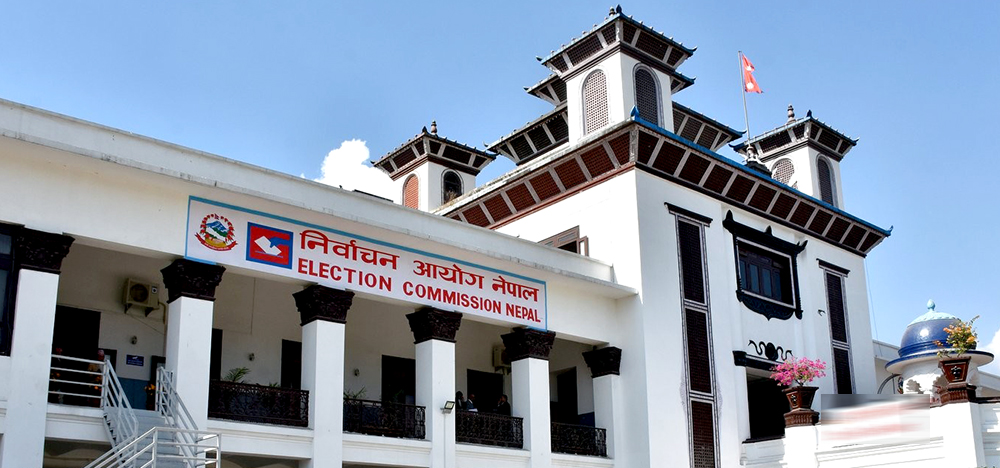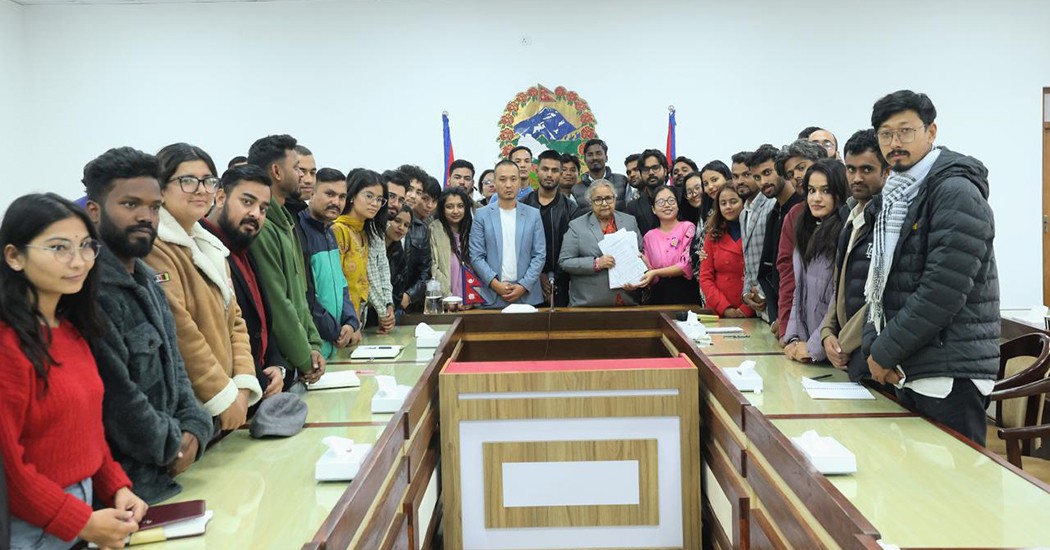
By Our Reporter
The surge in new party registrations after the Gen Z movement shows that young activists have pushed the political system to open its doors. Over 140 political parties have been registered after the announcement of March 5 elections. The ordinance that allowed fresh registrations and voter roll updates shows the state accepted that the movement needed a path into formal politics.
This special arrangement was meant to give Gen Z supporters a chance to carry their agenda into the ballot box. On the surface, the enthusiasm to form new parties looks like a sign of renewed political engagement. Yet the slow pace of new voter registration raises a key question, because political change cannot materialize if the same pool of voters participates with the same voting habits.
The Election Commission has already received around 20 applications for new parties, and several more are preparing to join the list. A crowded field may look lively, but it also exposes a deeper problem. If leaders born out of one movement cannot remain under a shared platform, then the goal of the movement becomes harder to realize. The Gen Z protests did not call for party multiplication. They called for an end to corruption and better governance. Many youths fear that energy may fade if change-minded voters are split among too many groups.
Almost every new party is presenting itself as the real carrier of the Gen Z legacy. The old guards of the traditional parties have been resetting their parties to attract youths. In the meantime, voters who want reform may struggle to recognize which groups sincerely represent that spirit and which are using the label for visibility. When votes scatter across many parties that sound similar, the parties defending the old order gain an advantage. This takes the debate away from corruption control and public accountability, which were at the heart of the protests.
The low rise in new voter numbers adds to the concern. Roughly 900,000 citizens crossed the age threshold since the last election. A large share of them should have appeared in the updated voter list, but current figures suggest otherwise. If the same older voter base determines the outcome, the effort to reshape politics may not break through.
Past elections show that many registered parties do not actually contest. Only 59 out of roughly 120 registered parties took part in the last polls. So the real test will come when parties re-register for election participation from November 12 to 27. That process may reduce the crowd and offer a clearer picture. Parties that want to claim the Gen Z agenda still have time to think carefully about their role. They can coordinate, share a common symbol, or back a joint platform that keeps their core demands intact.
Registration alone cannot answer the public demand that drove thousands to the streets. The protest asked for cleaner politics, not just new names on a list. If the newly emerging groups lose sight of that, they risk turning a historic moment into another cycle of fragmentation. The electorate has little patience for groups that forget why this door opened in the first place. For Gen Z-aligned forces, the priority now is to organize in a way that keeps their message sharp and channels the protest spirit into real political influence.



















Comments:
Leave a Reply